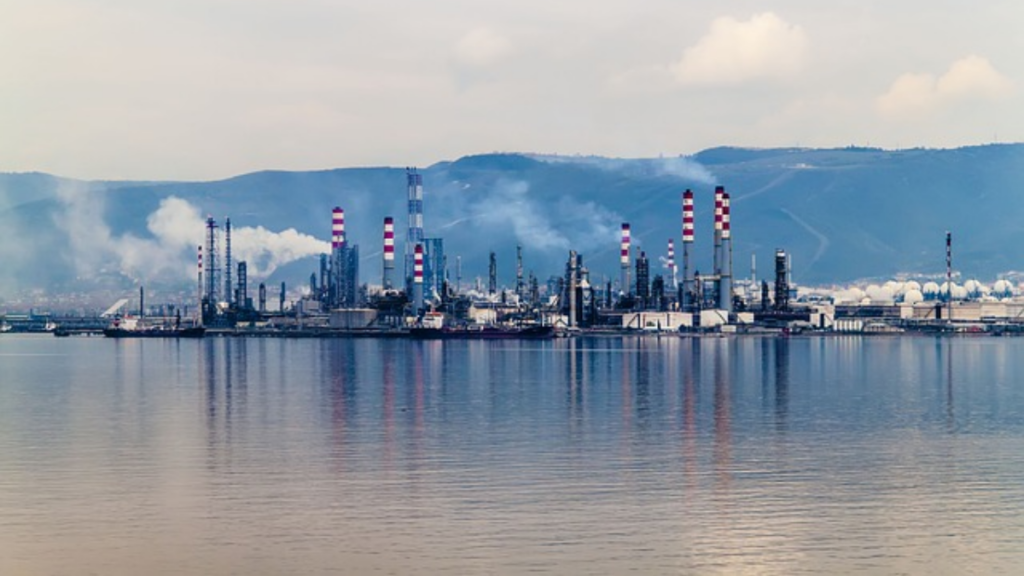US natural gas futures experienced a significant surge, jumping as much as 20% following a shift in the weather forecast predicting colder-than-normal conditions for January. This rally marks the largest single-day gain for natural gas contracts since they began trading in 2012, with prices climbing to their highest levels in nearly a year.
The colder forecast, coupled with rising demand for heating and power generation, has spurred a flurry of trading activity, creating a bullish sentiment in the energy markets.
Table of Contents
ToggleKey Drivers of the Surge
Colder Weather Outlook
The National Weather Service’s 8-14 day outlook indicates a higher probability of colder-than-normal temperatures across the U.S. East and Midwest. This is a sharp departure from the mild fall and early winter conditions experienced so far and has directly boosted demand projections for natural gas.
- Impact on Demand:
- Higher heating needs during colder weather typically lead to increased natural gas consumption in residential and commercial sectors.
- Power generation demand rises as more utilities rely on natural gas for energy production.
Algorithmic Trading Influence
Algorithmic trading strategies have contributed to the price spike as funds shifted their positions from neutral to net long. This move underscores the growing bullish sentiment among institutional investors in response to the colder forecast.
- Market Sentiment:
- Traders are positioning for higher demand during January, reflecting confidence in the forecasted weather trends.
Liquefied Natural Gas (LNG) Exports
Demand for U.S. natural gas is further amplified by increased LNG exports. As global markets seek to secure energy supplies during the winter months, the U.S. plays a key role in meeting this demand.
- Export Impact:
- Rising LNG exports tighten domestic supply, driving prices higher.
- The U.S. remains a major supplier of LNG to Europe and Asia, particularly in light of ongoing geopolitical tensions.
Market Reactions
Trading Activity
- February delivery contracts rose sharply, creating a buying frenzy, as noted by Dennis Kissler, an energy trader and analyst at BOK Financial.
- Most-active futures reached levels not seen in nearly a year, reflecting heightened market optimism.
Historical Context
This surge represents the largest daily percentage gain for natural gas futures since their inception in 2012. It underscores how swiftly weather forecasts and market dynamics can influence energy prices.
Broader Implications
The surge in natural gas prices highlights the critical role of weather forecasts and seasonal demand fluctuations in energy markets. Additionally, the influence of algorithmic trading strategies underscores how technology continues to shape market behavior.
Potential Challenges
- Volatility: Rapid price movements may pose risks for both traders and end-users, especially in regions heavily reliant on natural gas for heating.
- Supply Strain: Increased demand for both domestic use and exports could lead to tighter supplies, potentially driving prices even higher in the coming weeks.
Bottom Line
The colder-than-expected January forecast has significantly boosted U.S. natural gas futures, reflecting rising demand for heating and power generation. Combined with increased LNG exports and bullish trading activity, this price surge underscores the importance of market adaptability to changing conditions. As winter deepens, natural gas markets are likely to remain volatile, with demand dynamics continuing to influence prices.
Disclaimer
This article is for informational purposes only and does not constitute financial or investment advice. Energy markets are subject to rapid changes and high volatility. Always consult a qualified financial advisor before making any investment decisions.
Click here to know more.

